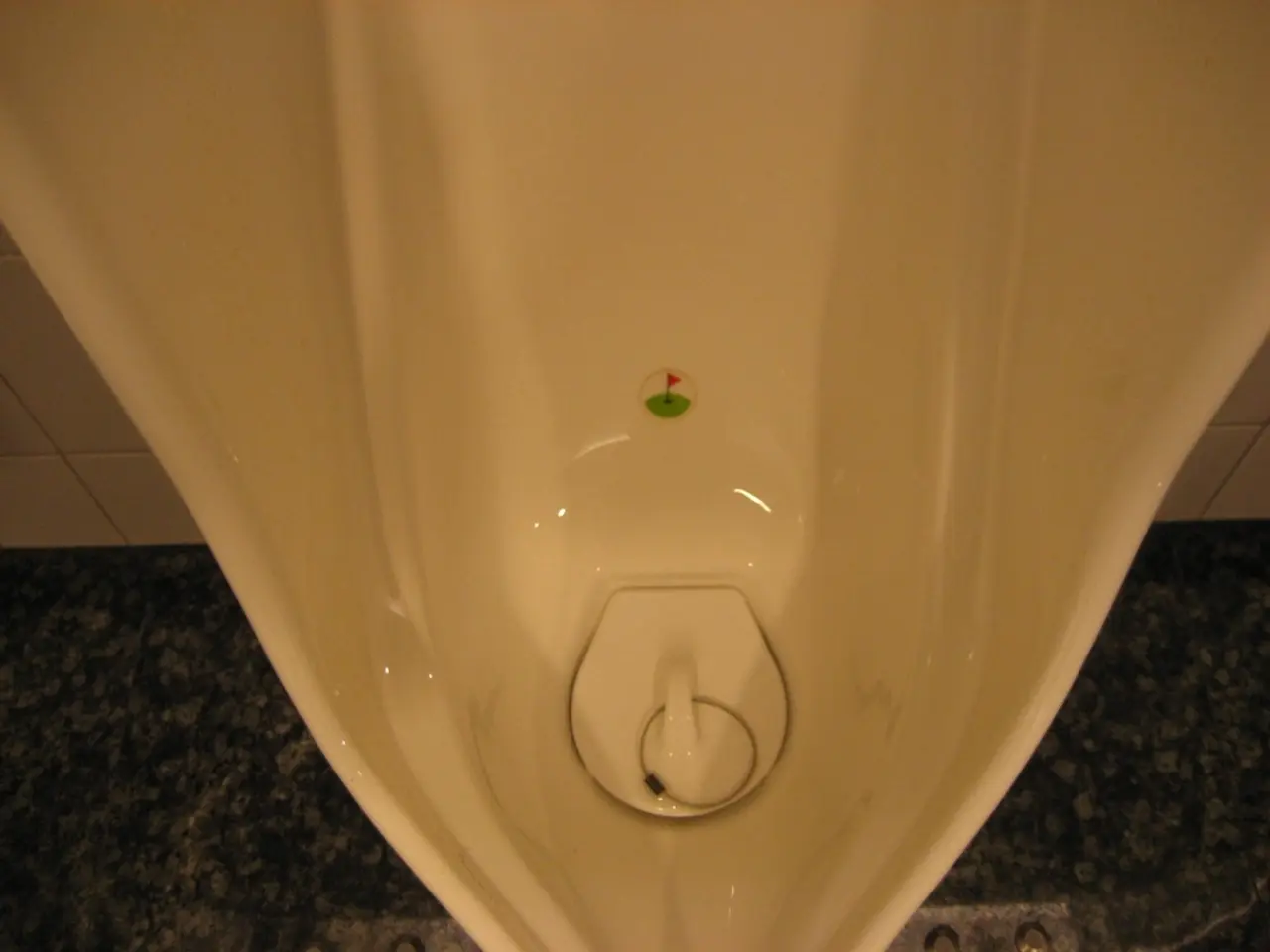Bladder Strengthening Workouts: A Look at Different Methods
For those suffering from an overactive bladder (OAB), various exercises and treatments can help manage symptoms such as urgency, frequency, and incontinence. These interventions aim to improve muscle control, reduce bladder muscle overactivity, and enhance bladder capacity.
Exercises for OAB
Pelvic Floor Muscle Exercises (Kegel exercises)
Strengthening the pelvic floor muscles that support the bladder and urethra is key to managing OAB. By strengthening these muscles, patients can gain voluntary control over urination, helping to reduce urgency and accidental leakage. Physical therapists specializing in pelvic floor therapy can guide proper technique.
Bladder Training
Bladder training involves gradually increasing the time between urinations to improve bladder capacity and reduce urgency sensations. This approach helps patients regain control over bladder emptying.
Choosing Lower-Impact Physical Activities
Activities like walking, swimming, biking, and using an elliptical are better for those with OAB because they exert less pressure on the pelvic floor muscles, reducing symptom triggers during exercise.
Treatments for OAB
Medications
Common medications for OAB include anticholinergics like tolterodine and oxybutynin, which relax the bladder muscle to decrease urgency and frequency, and mirabegron, which works by relaxing bladder muscle through a different mechanism. These can reduce symptoms but may have side effects such as dry mouth and constipation.
Botox Injections
Botox injections temporarily paralyze or weaken the bladder muscle, reducing involuntary contractions for 6–9 months. This treatment is used when medications are insufficient.
Nerve Stimulation Therapies
- Percutaneous Tibial Nerve Stimulation (PTNS): Electrical stimulation of the tibial nerve via a small needle near the lower leg modifies nerve signals to the bladder, reducing symptoms.
- Sacral Nerve Stimulation (SNS)/Axonics Therapy: Involves implanting a device that sends electrical pulses to sacral nerves regulating bladder function. This minimally invasive approach helps those unresponsive to other treatments, offering long-term symptom relief.
Surgery
Surgery may be considered when other treatments fail; surgeries aim to increase bladder capacity, for example by bladder augmentation.
How These Help Improve Symptoms
- Pelvic floor exercises and bladder training enhance voluntary control and increase bladder capacity, reducing urgency and frequency episodes.
- Medications and Botox directly reduce involuntary bladder muscle contractions, easing urgency, frequency, and urge incontinence.
- Nerve stimulation modulates nerve signals controlling the bladder, improving bladder storage function and reducing symptoms without major surgery.
- Surgery increases bladder size to hold more urine, reducing the need to urinate frequently.
Lifestyle modifications, including dietary changes to avoid bladder irritants and maintaining optimal hydration, are also important components of overall management. Together, these exercises and treatments can significantly improve the quality of life for those with OAB.
- For optimal pelvic health and urinary health, pelvic floor muscle exercises should be practiced regularly to strengthen muscles supporting the bladder and urethra, offering better control over urination and reducing urgency and accidental leakage.
- Mental-health well-being is crucial as stress and anxiety can exacerbate OAB symptoms. Therapies and treatments for mental health can help manage these matters, alleviating discomfort associated with the condition.
- Nutrition plays a significant role in overall health-and-wellness, including OAB management. Adopting a diet that avoids bladder irritants and maintains proper hydration levels is essential to support bladder health and reduce symptom severity.
- In science, various fitness-and-exercise approaches are being studied to determine their impact on pelvic health, as low-impact activities like walking, swimming, biking, and using an elliptical are more suitable for OAB patients due to reduced pressure on pelvic floor muscles.
- In cases where medications and pelvic floor exercises prove insufficient, alternative therapies-and-treatments such as Botox injections, nerve stimulation therapies (like PTNS and SNS/Axonics Therapy), and surgery may be recommended to temporarily or permanently address OAB symptoms and improve the quality of life for patients suffering from this condition.




